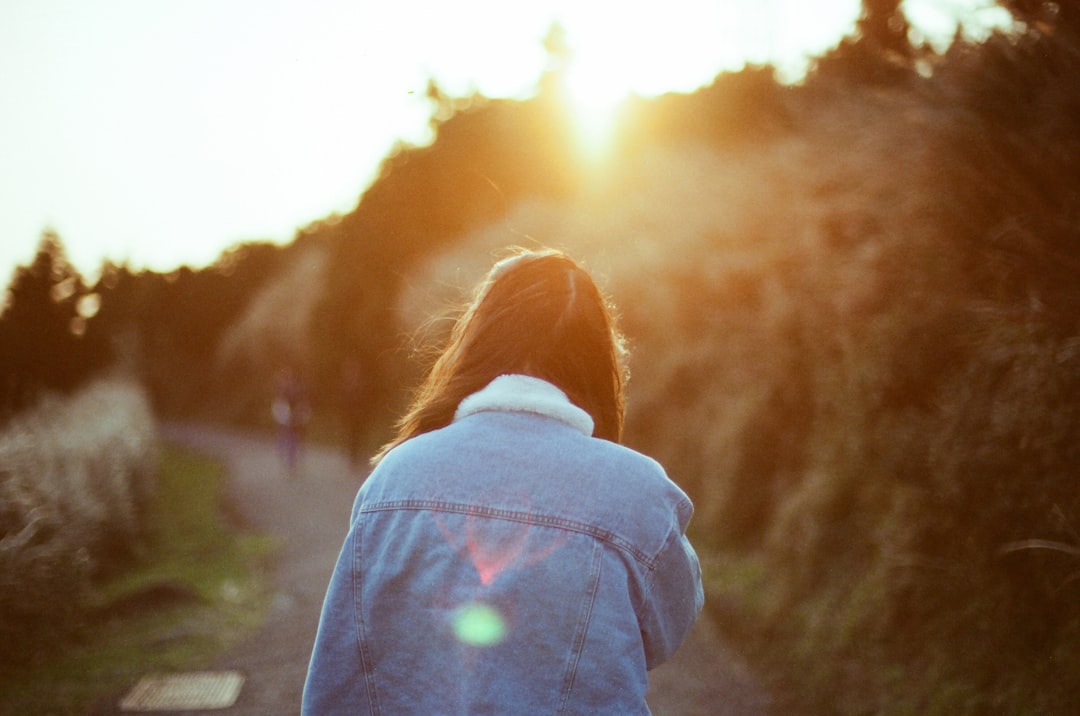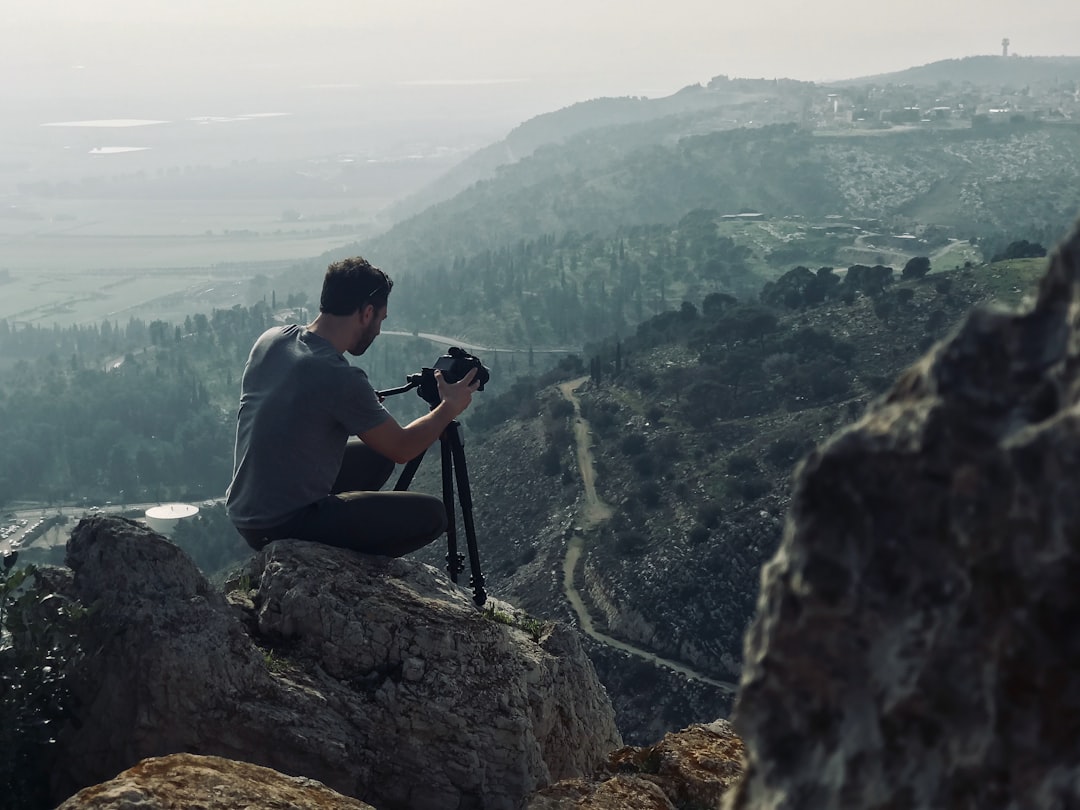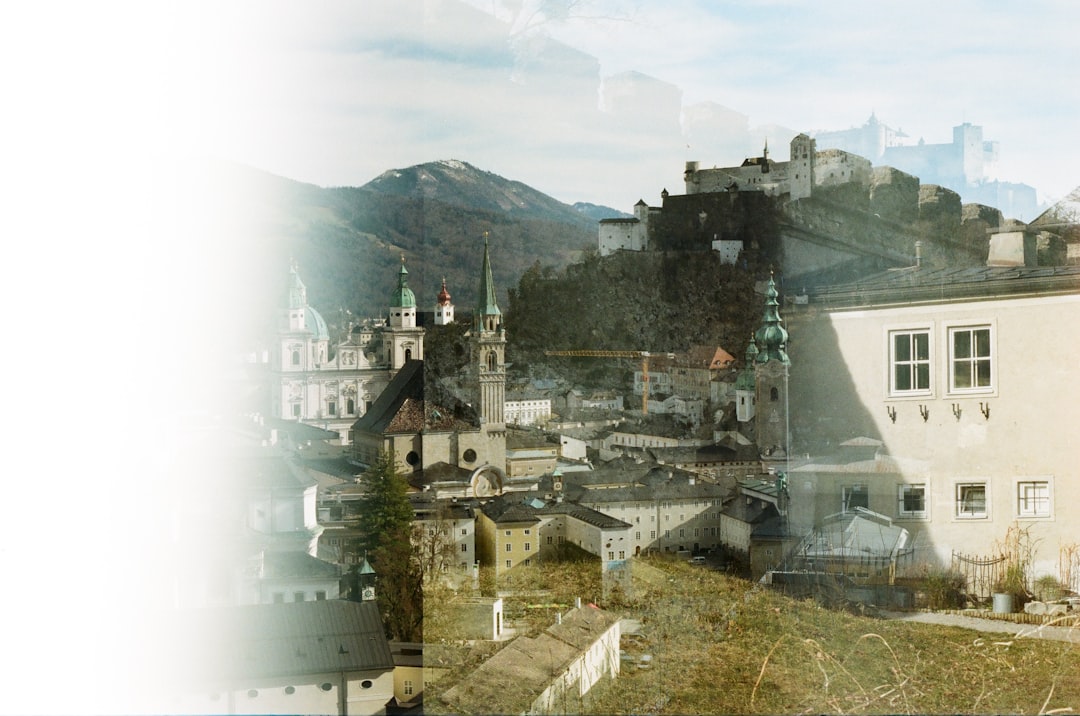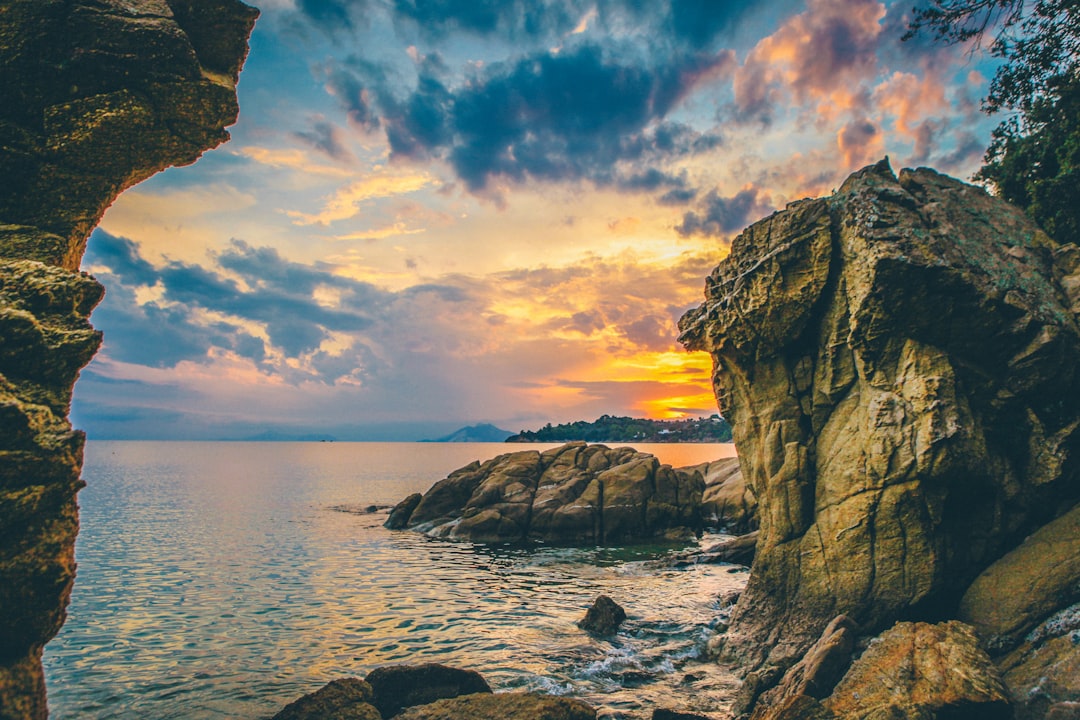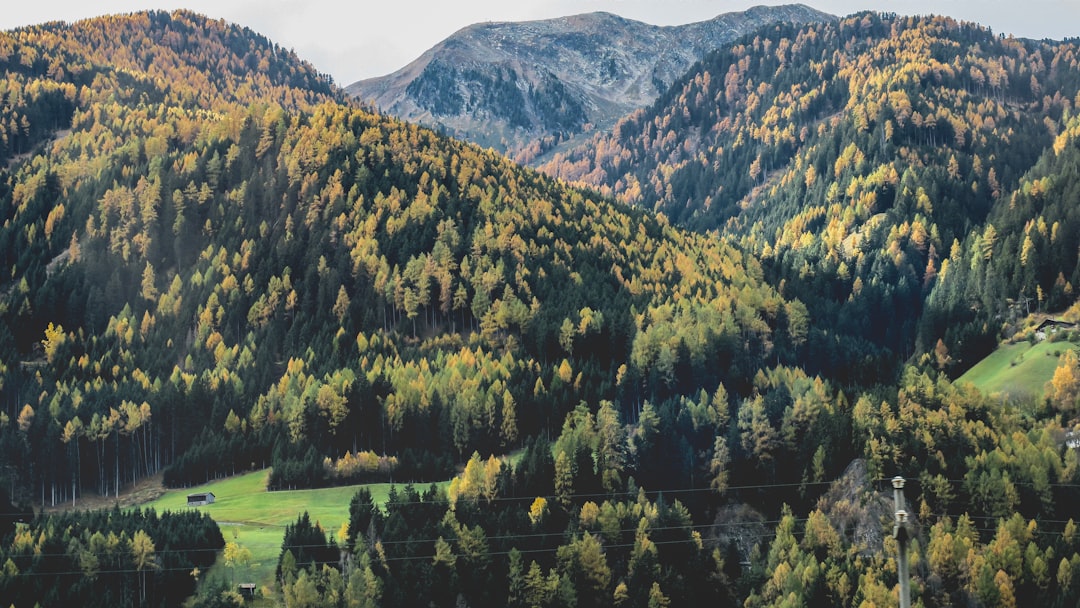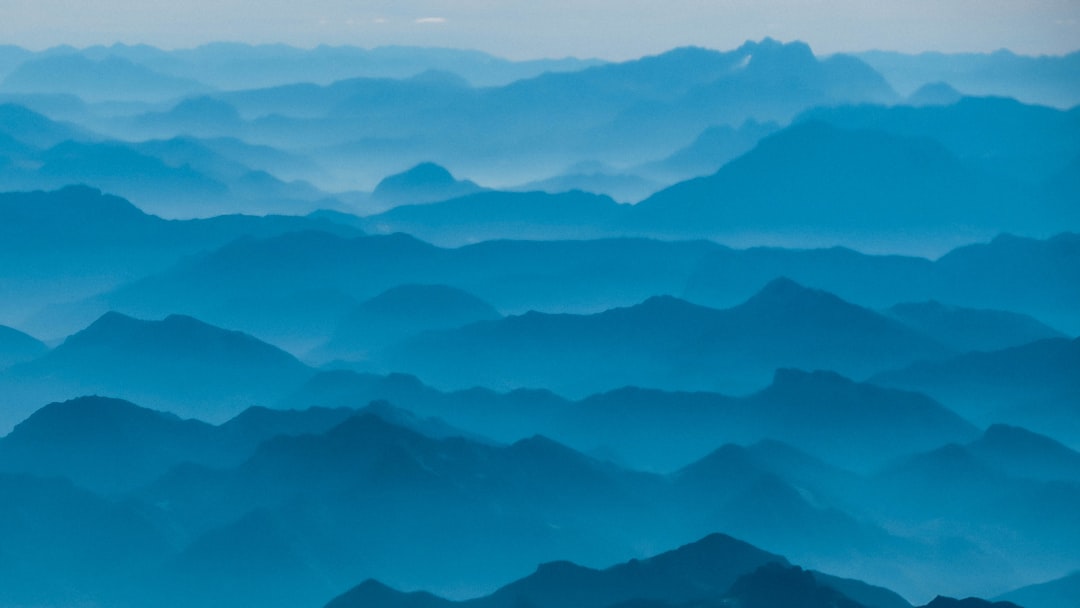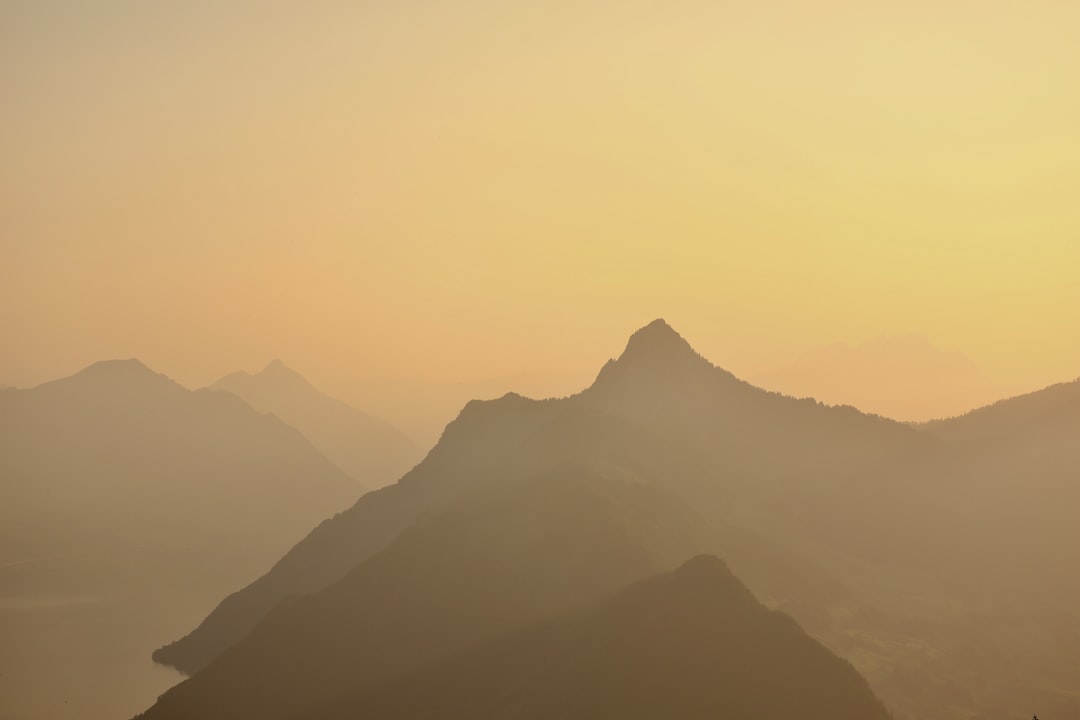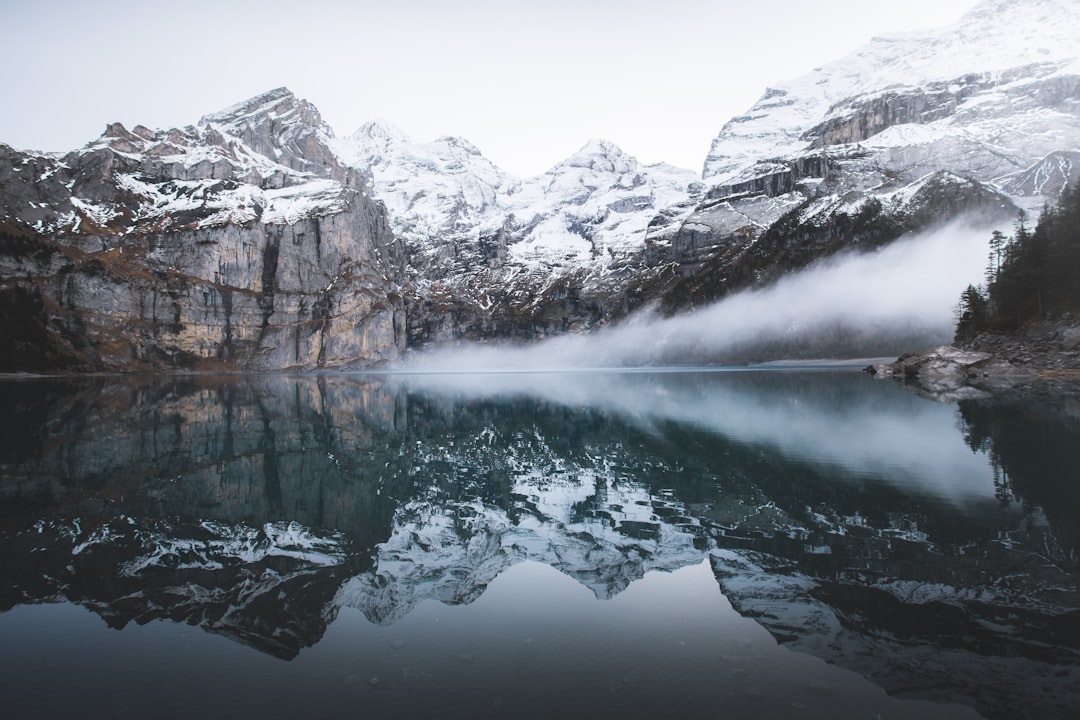When it comes to mountain photography, there are many ways to get stunning results, even if you aren’t an experienced photographer. Here are twelve tips to help you get the most from your next mountaineering adventure.
Table of Contents
Use your surroundings
Mountain views can be amazing, but they are not always what you might expect. Take a few minutes to take a close look at your surroundings before you set out, and you will often find that your view could be much more interesting than you might think. Look for rock formations, patterns in moss or lichen, and unusual plants and flowers.
Bring your camera with you
Even if you don’t own any special equipment, it can be good to bring along a small camera when you go climbing. A digital camera is fine for most situations, but there are some very impressive shots that you can only get with a more advanced camera. It’s also good to have a memory card in the camera, so that you don’t lose the image that you took.
Keep your camera close
It may seem obvious to say that you should keep your camera with you all the time, but many people forget. This will ensure that you take a photo every time something interesting happens, and will also help to prevent you taking the same picture over and over again.
Go to the highest point you can
When you are up high on a mountain, you have a great view of the surrounding landscape. It may be easier to shoot the view from above than from below, as you can get a more interesting composition from the top of a mountain. If you are taking a photo of a group of people, try to get a shot from a high viewpoint where they are all in the foreground and in focus.
Take your camera off auto-focus
The default setting for most cameras is auto-focus, which means that the camera will try to focus on the subject by itself. This can often result in blurry photos. The best thing to do is to turn off this feature and manually focus on the subject. It’s easy enough to do, just push down on the shutter button to activate manual mode and then focus on the subject.
Get closer
Taking photos from a distance is a good way of showing the scale of something. However, it may be better to get a closer look. If you are photographing a view of a mountain, try standing on a rock or a ledge close to the edge. You can then get in closer, or take an even closer photo.
Be creative with your angles
There are all kinds of ways of getting interesting shots. Try shooting from the side, from above, and from below. Try shooting from different angles and see what you come up with.
Look for the light
Light can make a huge difference to your photos. Some days, when the sun is shining brightly, it will be easy to get a great shot. Other days, the light will be very poor. When this is the case, it is worth putting up your camera and waiting for the right conditions. This will help you get better results.
Be patient
It can be hard to capture a moment in time. If you don’t wait for the right light or for a group of people to appear in the right place, you won’t get the image you want. Be patient and take it in stages. If the light starts to fade, leave the scene and come back another day. It may take several tries before you get the result you want.
Try a different lens
A wide-angle lens will make it easier to photograph large spaces. A longer focal length will help you get close to your subject, while a telephoto lens will allow you to zoom in on the details. Experiment with the lenses that you have and find out what works best for you.
Get out of your comfort zone
You don’t always need to go climbing to get amazing mountain photos. If you spend time near the water, or in a city, you will find that there is more to see and photograph than you might expect. Look around you carefully and you may be surprised at what you find.
Look for the unusual
It can be difficult to capture an image that shows something that is unique or unexpected. You can often find these things by looking around. When you do find them, try to photograph them as soon as possible.
Find a spot with a lot of contrast.
If you’re planning to shoot a waterfall or on a snowy peak, find a spot with lots of contrast, such as a rocky cliff, an area with lots of vegetation, or a steep hillside.
Take lots of pictures.
Try taking as many pictures as possible. The more photos you take, the greater the chance of getting at least one really nice shot.
Adjust your settings.
Adjust your settings, such as shutter speed and aperture, to take advantage of the scenery. For example, if you’re in the snow, try using a slower shutter speed (shutter speed refers to how long the camera lens remains open during an exposure). If you’re in a beautiful forest, try using a shorter focal length (how far the lens is from the subject) and a higher aperture setting.
Try out different lenses.
Different lenses have different characteristics and abilities. Try using a wide-angle lens and a telephoto lens, for example, if you’re trying to capture a group of people in the foreground, a close-up of a flower, or a shot of the sky.
Look for a scene that’s moving.
Try to find a scene that’s moving. For example, if you’re in the snow, take a photo of someone falling through the snow or a river running down the side of a mountain.
Take photos of different angles.
If you’re planning to shoot a waterfall or on a snowy peak, take photos from different angles. This will help you to get shots that show the scene from various perspectives. For example, if you’re taking pictures of a waterfall, try shooting from different angles – up and down the waterfall, from the left and the right, and behind the waterfall.
Create a mood.
If you want to create a certain mood for your photo shoot, such as a romantic one, try using lighting to make the scenery look like it’s at night or under a full moon. For example, use long exposures (how long the camera lens remains open during an exposure) to make a bright sunset look like it’s at night. Try turning your flash off, too, to avoid looking like you’re in a studio.
Get to know your camera.
You should learn how to set its modes and functions, such as how to adjust exposure settings and how to change the settings of your camera’s settings. For example, if you have the option of using manual exposure, take the time to learn how to use it.
Create a plan.
If you’re taking pictures of a waterfall or on a snowy peak, make sure you create a plan before you start shooting. For example, make sure there is enough space to park your car, and that there is enough time to take photos.
Get creative.
When you’re taking photos of a waterfall or on a snowy peak, try to get creative. This will help you to take some really great shots. Try to use interesting backgrounds, such as a tree trunk or a rock formation.
Enjoy the process.
Enjoy the process of taking great mountain photographs. If you take time to find the perfect spot for your photo shoot, spend time getting your settings just right, and make sure you create the mood you want, you’ll be much happier with the results.
Capture the Light
The most important thing to bear in mind when capturing stunning mountain photos is to get the right light. If you’re planning on shooting from an elevation higher than 2,500 meters, you’ll need to make a choice between shooting during the day and at night. When you’re shooting at night, the best time to capture the breathtaking colors of the changing landscape is when the light is at its most dramatic. However, this also means that you’ll need to deal with extreme temperatures and be prepared for harsh conditions. In order to capture stunning photos of a scene in a dark, cold environment, it’s essential to use a lens with a large aperture. The larger the aperture the more light that is allowed into the camera and this means your images will look sharp regardless of the temperature. The other option is to shoot during the day. If you do this, you’ll have to deal with bright sunlight and harsh temperatures, but this means you’ll be able to take your photos at any time.
Capture the Scenery
When shooting mountains, it’s essential to capture the landscape as it changes. If you decide to shoot during the day, you’ll need to be on the lookout for dramatic sunrises and sunsets. These are the times when the mountain peaks become illuminated with deep, golden light. If you’re shooting at night, you’ll need to wait until the sky has completely turned dark. This means that you can capture the dramatic colors of the clouds and the stars.
Capture the Viewpoint
A great way of creating a memorable image is to shoot from a viewpoint that provides a unique perspective of your subject. In order to achieve this, you’ll need to find a place where there is a wide range of elevation and where the landscape is open enough to give you a commanding view of the scenery. If you’re planning on photographing from an elevated viewpoint, you’ll need to make sure you take all the safety precautions that you would normally take when climbing a mountain.
Use a Wide-Angle Lens
A wide-angle lens is ideal for capturing stunning mountain landscapes because it lets you take in a vast area of scenery. If you want to capture a wider view, it’s recommended that you use a lens with a focal length of 50mm or wider. You should also consider getting a telephoto lens if you want to capture closer images of the landscape.
Take Care When Shooting
It’s important that you work out how to use the camera’s controls so that you can focus on the task at hand rather than have to struggle with complex settings and menus. Also, try not to leave your camera unattended when you’re shooting a landscape as it can be dangerous to do so.
Avoid Motion Blur
Motion blur can ruin an image and it’s essential that you avoid it whenever possible. In order to avoid this problem, you’ll need to choose your shutter speed carefully and avoid shooting during the lightest part of the day. If you’re shooting at night, you’ll need to avoid using long exposures. This means that you should shoot no longer than 2 seconds.
Focus on a Scene That Has Interest
A great way to create memorable images is to focus on a subject that has an interesting story behind it. For example, if you were photographing a scene with a spectacular mountain backdrop, then why not try focusing on a detail within the image?
Be Prepared for Changeable Conditions
Mountains are constantly changing, with weather conditions varying according to the seasons and time of year. This means that your photos will vary and you might need to work out ways of capturing scenes that will give you the best shot in different weather conditions.
Take Care When Shooting Backlit Subjects
If you’re shooting in a mountain environment then you’ll need to be aware of the dangers of backlighting subjects. If you’re using long exposures of more than 5 seconds, it’s recommended that you use a tripod or steady platform. You should also make sure that you can quickly remove your lens from the camera so that you don’t accidentally take an image that will show you holding your camera at arm’s length!
Conclusion
It’s an amazing feeling to gaze down upon the magnificent scenery of mountains and lakes in the mountains, but you might not be sure how to capture such natural beauty. The good news is that it is possible to create amazing images by simply knowing the right equipment and shooting in the right way.

